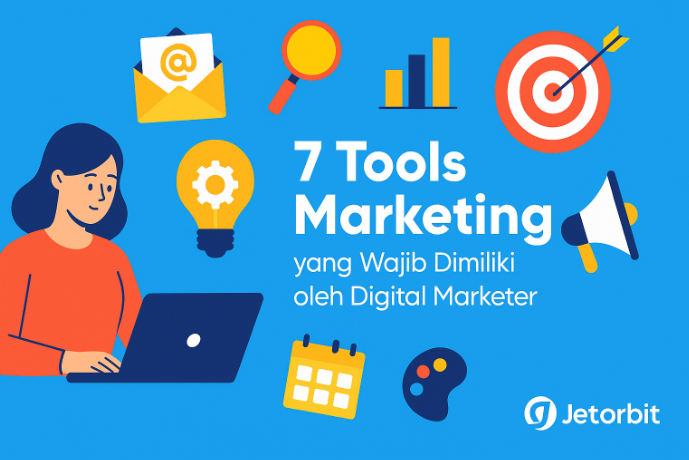Artificial Intelligence: How AI Is Changing Retail Hitachi Solutions
Most online retailers are also using some form of recommendation AI to improve the customer experience and sell more products to customers. Most supply chain tasks can be fully or partly automated through low-code platforms, which use a wide range of Application Programming Interfaces (APIs) and pre-packaged integrations to link previously separate systems. These cut the development time, enabling companies to swiftly react and adapt their applications to new market conditions, disruptive events, or changing strategies. It enables business users with little technical knowledge to quickly build, test and implement new capabilities. Private providers (both multispecialty and single specialty) present significant long-term opportunity, given the fragmentation and underpenetration in healthcare currently. Investors that can scale up to deliver high-quality care that meets the surging demand in the Indian market have the potential to replicate the generous returns seen in recent years.
- Moreover, computer vision systems can analyze surveillance footage to detect suspicious activity, identify shoplifters or prevent fraud.
- Time is of the essence, and those who are ready and willing to adapt quickly will be better able to unlock value, reduce costs and embrace new models of success.
- Of course, the answer is “yes,” but it’s hardly an overstatement to say that artificial intelligence is everywhere.
- Asia-Pacific’s share of global healthcare PE deals continues to rise, growing from 26% of global deal activity in 2022 to a projected 34% in 2023.
- Similarly, the transition from autonomous vehicles overseen by humans to fully automated vehicles without human intervention is almost ready to expand from controlled closed-loop environments to public roads.
Although good in theory, the reality is most retailers will likely remain suspicious of data sharing provisions in leases which could lead to a ratcheting of their costs. Furthermore, forensic capabilities to investigate the impact of store closures (e.g. sales uplift to neighbouring stores), would likely embolden retailers’ mantra that ‘no store is sacred’ in landlord negotiations. Lesser-known deployments may perhaps be regarded more mundane and have gone undetected by typical consumers. This is not surprising considering many retailers hold vast amounts of customer data from their loyalty schemes. Some of the best operators (Tesco, Next, Argos) have been deploying this data for years, but AI technologies are now taking this to a much higher level.
How is AI in retail being used?
In 2023, India is expected to host 22 healthcare deals, a slight decline from the 26 in 2022. Deal value is expected to come in at $4.6 billion in 2023, just below the $4.7 billion in 2022, with India remaining the leader in deal value across the region. Optimism over SaaS (software as a service) companies will drive revenue growth of Indian IT firms in 2024, while ER&D (engineering and research and development) work will remain a bright spot, according to analysts. The future of shopping will transcend physical and move into virtual in ways that push the boundaries of anything we’re seeing today. Retailers need to be transparent about how they’re using artificial intelligence to be certain that safeguards are established and to prevent unlawful discriminations. Additionally, it’s imperative that companies align their governance of consumer-facing AI applications with existing internal privacy, cybersecurity and other data governance policies.
By doing so, the retailer ensures it produces enough of its popular products and avoids overproduction of less in-demand items. The demand forecast gives the retailer how much inventory is needed, when it’s needed, and where it’s needed every day, and all year long based on what customers want and will want in the future. Research tells us that global AI in retail market size is expected to hit USD 45.74 billion by 2032, with a compound annual growth rate of 18.45% from 2023 to 2032.
Our Services
The Operational Cost Center [the 1900s]Initially, warehouses were treated as a critical — though unremarkable — part of business. Retailers were inexorably dependent on them to operate, but these functions were seen more as a cost center. We hadn’t quite recognized their strategic potential to drive customer loyalty and influence shopping decisions.
The global artificial intelligence in retail market is expected to grow at a compound annual growth rate of 23.9% from 2022 to 2030 to reach USD 40.74 billion by 2030. The virtual assistance segment is anticipated to witness the fastest CAGR of 25.1% from 2022 to 2030, coming on the heels of the high penetration of smartphones and other advanced tools. The retail sector has explored opportunities in virtual assistant technologies to streamline the supply chain, including invoicing, ordering inventory, and bookkeeping. Tracking dwell and gaze times allows retailers to understand their customers and find ways to boost engagement and conversion rates. By using this data, retailers can strategize how to convince their customers to add more products to their carts. Retailers can also use computer vision-based systems to track objects and recognize activities in real time.
Read more about AI in Retail Industry here.








Leave a Comment